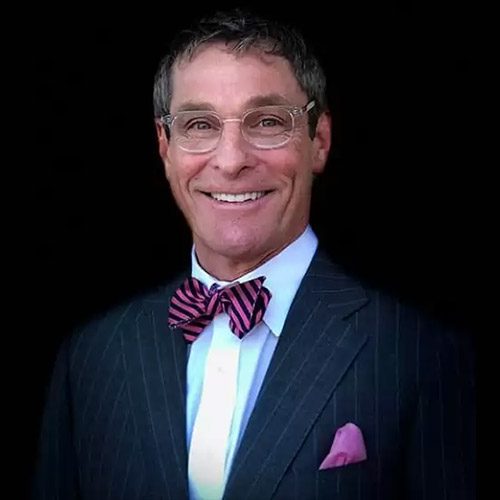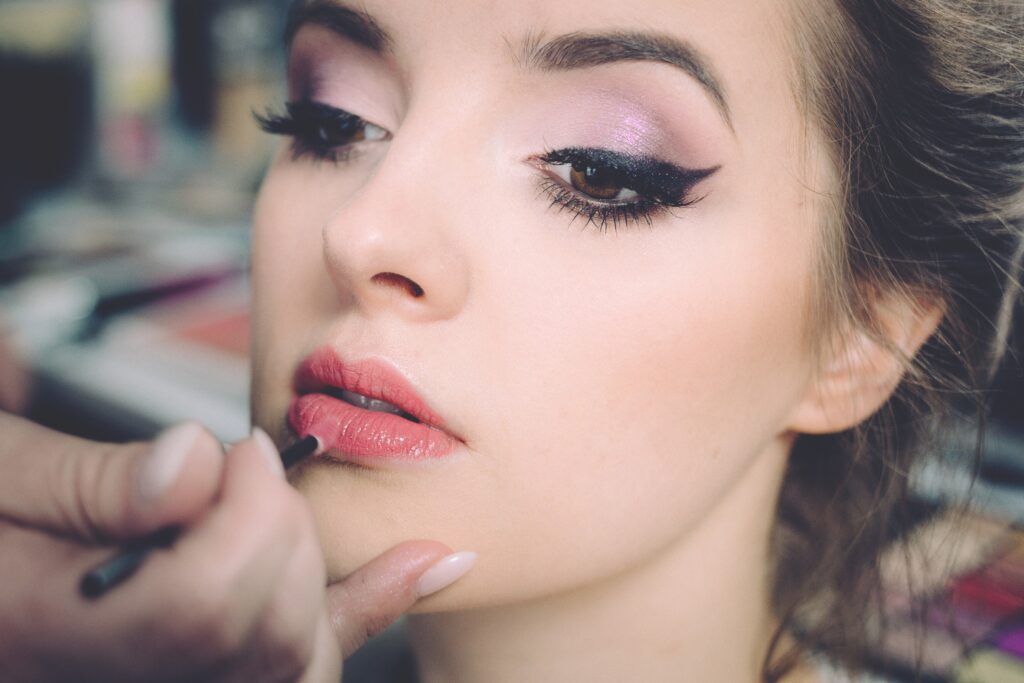Are you ready to get lip filler but concerned about the impact that lip filler swelling stages may have on your life? This is a very common concern among patients at The Rejuva Center at Williams in Albany, New York. Every week interested individuals come into our clinic to learn more about lip fillers and the after-effects.
Unfortunately, like any cosmetic procedure, some patients may experience side effects from lip fillers, including swelling. However, by gathering information early and following the instructions for proper lip filler aftercare, it’s possible to minimize swelling at each stage and achieve the full, beautiful lips that you want.
The specifics and severity of each lip filler swelling stage will vary from person to person, based on factors such as genetics and medical history as well as the quality of lip filler aftercare applied.
Day of Treatment
The first lip filler swelling stage typically begins immediately following the procedure. Most patients experience redness, minor irritation, and swelling that may appear uneven around the injection sites. This swelling is not permanent and should subside within a few hours.
During this time, patients should follow all the steps for proper lip filler aftercare, which may include icing the injection area and taking over-the-counter pain relievers.
Patients are also advised to refrain from strenuous activities, such as exercise, and avoid sun exposure for one to three days following the initial lip filler injections.
First Week Following Injections
The days immediately following the procedure are typically when lip filler swelling stages are most prominent. During this time, the lips may be very tender and appear asymmetrical, but this effect is usually due to the body’s healing response and will not be permanent.
It’s important to practice proper aftercare during this period and wait until the four-week check-up to discuss any aesthetic concerns with the medical team.
Day One
Many patients report that the morning after their lip filler procedure is the worst in terms of swelling. On the day following the procedure, it’s common to see significant swelling and an uneven structure of the lips. Specifically, the upper lip is often much larger than the lower lip.
These symptoms will subside on its own but icing the area throughout the day will help to control the swelling and ease any pain.
Generally, applying ice for 15 minutes every hour is enough to ease the pain, but pain-reliving medications are also helpful during the first 24 hours.
Day Two
By day two, patients should see a significant reduction in swelling. Tenderness around the injection sites should also disappear.
In its place bumps and lumps and maybe even a little bruising around the lips may appear. These are all normal side effects caused by the injections. Continue to use ice around the area and avoid the sun.
Rest of the Week
As patients move through the first week post-treatment, the worst of the lip filler swelling stages will have subsided.
By day three or day four, patients may find that the swelling reduced significantly, making it easier to eat and talk again.
However, some may find that there is a learning curve of sorts when speaking with new, fuller lips. Don’t worry if you have a bit of a lisp at first, this will go away with time.
By the seven-day mark, patients should begin to see the true effects of the lip filler procedure. As the swelling subsides, the lips should appear more symmetrical and fuller. In fact, many patients feel comfortable taking photos at this stage to show off their new pout.
Two Weeks Post-Treatment
Two weeks past the initial lip filler procedure, the final results of your new lips will be fully visible. Any swelling experienced at this stage should be mild.
After two weeks, the lip filler swelling stages should come to an end. Patients may find they can resume many of their previous activities, including more intense skincare regimens such as microdermabrasion. At this stage, it is safe to schedule dental work.
One Month Post-Treatment
Once 30 days have passed, the lips should be completely healed with minimal-to-no swelling remaining. At this point, the full benefits of the lip filler treatment can be enjoyed.
At this time, patients who are not completely satisfied with the results for any reason are encouraged to contact their medical professional to discuss additional treatments and options to achieve the desired results.
How Long Lip Filler Results Last
Lip filler results vary from person to person, in part because a patient’s medical history and the amount of lip filler received has an impact on the results.
In general, most patients do not need another lip filler treatment for six to 12 months following the initial procedure. Some find they can schedule subsequent treatments out further and further over time.
For some, the side effects of the lip filler treatment will fade slowly, rather than disappear at once. Individuals are encouraged to create a schedule with our medical team that will help to maintain their desired pout.
Schedule a Lip Filler Treatment at The Rejuva Center at Williams in Albany, NY
For several years, lip fillers have been one of the most common non-surgical cosmetic procedures, and it’s clear why the process is so popular.
To learn more about the benefits of a non-surgical treatment like lip fillers and to see if it’s the right procedure to produce the desired results, call The Rejuva Center today to book a consultation.
Recent Posts
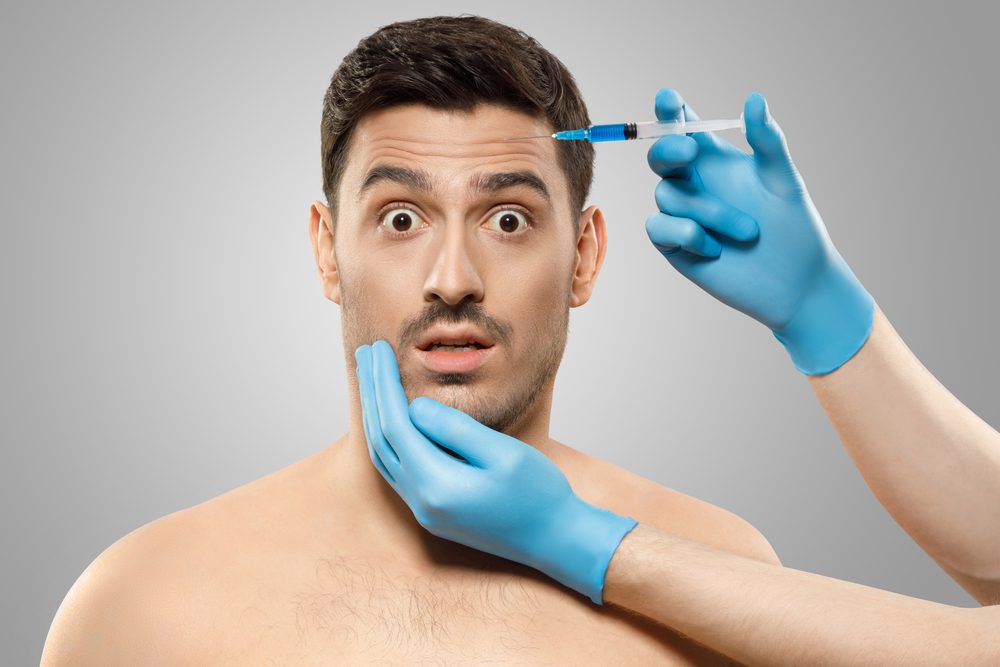
Blog
5 Reasons Why You Should Stay Away From Botox Parties
Here’s what you need to know, including why you should stay away from Botox parties!

Blog
Getting Botox Young: Will It Make Me Look Older in the Future?
If you’re considering Botox as a preventative measure, it’s important to understand the impact it may have on your future appearance.
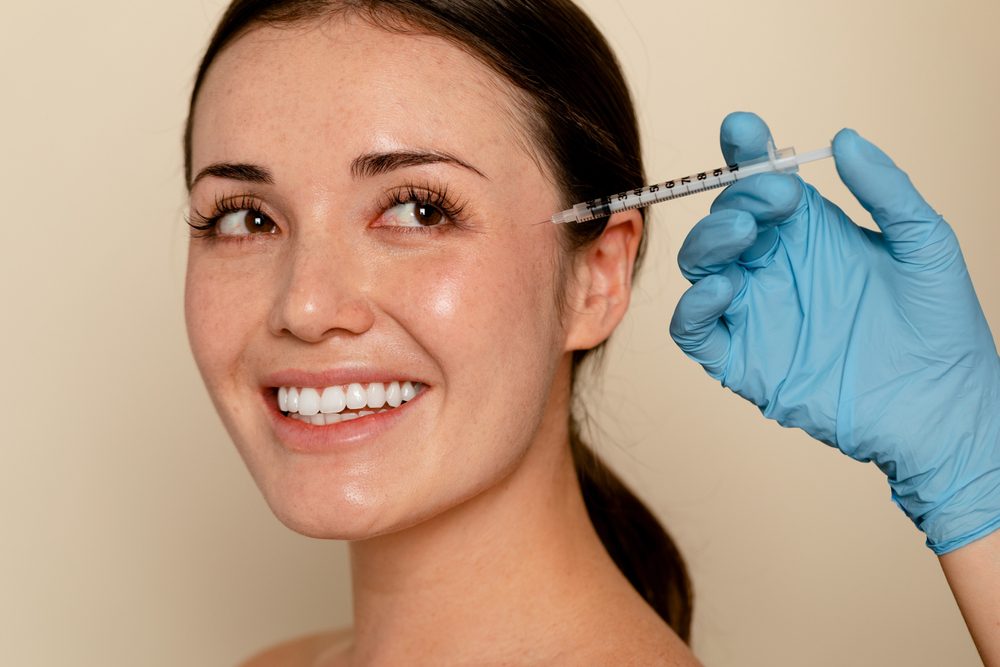
Blog
How Much Does Botox Cost in Saratoga Springs, NY?
If you’re interested in this procedure, you’re likely wondering about the Botox cost in Saratoga Springs, NY. Read on to find out!
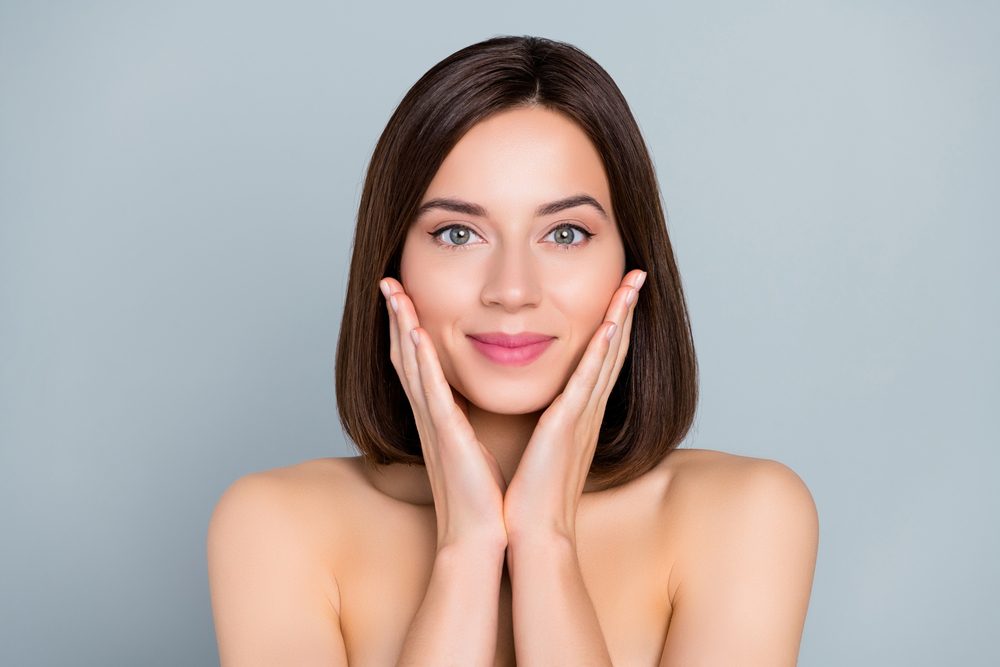
Blog
What’s the Best Age to Start Botox?
If you’re looking for a way to maintain youthful skin and prevent wrinkles, Botox can be a game changer – but timing is everything.
